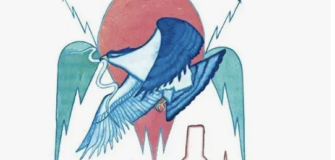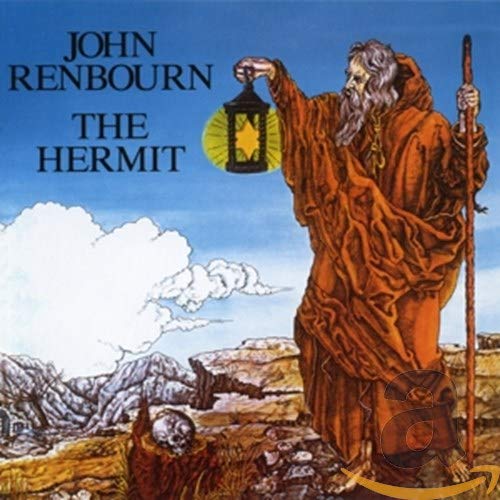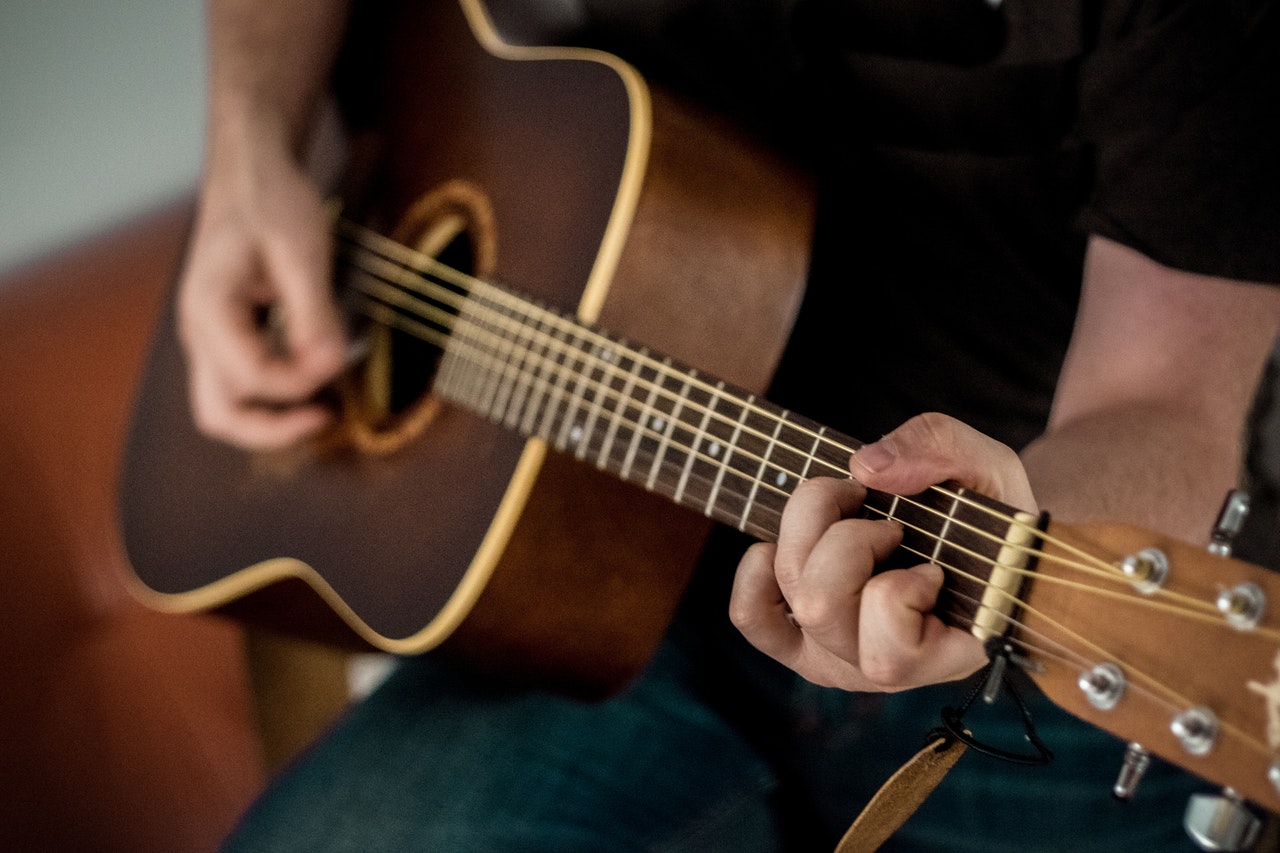Canned Heat
Share

By: Stephen Rose
Canned Heat was the rock band that put the boogie in the blues. They were featured in two of the most prominent rock festivals of the sixties: The Monterey International Pop Festival in 1967, and the Woodstock Music and Art Fair in 1969.
Canned Heat was formed in Los Angeles in 1965 by Bob “The Bear” Hite and Alan “Blind Owl” Wilson, two blues historians and record collectors. Their vision for the band was to pay tribute to traditional blues music while updating the sound and arrangements for contemporary rock audiences of the ’60s.
 Bob Hite’s love of rare 78 recordings of classic blues artists led to a job managing a record store in Los Angeles where he met fellow blues enthusiast Alan Wilson. Alan Wilson was a music major at Boston University, and multi-instrumentalist (guitar, harmonica, piano), who had already performed on albums with Son House and John Fahey.
Bob Hite’s love of rare 78 recordings of classic blues artists led to a job managing a record store in Los Angeles where he met fellow blues enthusiast Alan Wilson. Alan Wilson was a music major at Boston University, and multi-instrumentalist (guitar, harmonica, piano), who had already performed on albums with Son House and John Fahey.
Hite and Wilson chose the name Canned Heat from a 1928 recording by Tommy Johnson called “Canned Heat Blues.” It was a song about getting high by drinking a combination of soda and sterno.
With Hite on lead vocals and Wilson playing harmonica and guitar, the original core group was rounded out by Stuart Brotman on bass (who soon left to form the band Kaleidoscope with David Lindley); and Frank Cook on drums (who had previously performed with jazz trumpeter Chet Baker and R&B stars Shirley Ellis and Dobie Gray). This quartet began gigging in 1965 as the “Canned Heat Jug Band,” but broke up in early 1966 after failing to capture an audience that could appreciate their “pure” acoustic take on the blues.
Later in 1966, Hite and Wilson reformed the group with the addition of Henry “Sunflower” Vestine on lead guitar, who at Hite’s suggestion was added to appeal to the younger, more rock-oriented, audiences of the day. Vestine was a fellow record collector and blues enthusiast who had played with Frank Zappa in an early blues-based incarnation of the Mothers of Invention. On bass, the group recruited Mark Andes, who would go on to have a long career playing with Spirit, Jo Jo Gunne, and Heart.
The new lineup started with a gig at the Ash Grove on Melrose Avenue in Hollywood, then began playing regularly at the Topanga Corral in the Santa Monica Mountains. In early 1967, Canned Heat was invited to become the house band at the Kaleidoscope, on Sunset Boulevard in Hollywood. In March they were offered a recording contract with Liberty Records. At this point Mark Andes was replaced on bass by Brooklyn-born Larry “The Mole” Taylor, brother of The Ventures drummer Mark Taylor. Larry Taylor had experience touring with Jerry Lee Lewis. He also worked as a session musician on the Monkees first two albums, playing on several tracks including their theme song and the hits “Last Train to Clarksville” and “(I’m Not Your) Stepping Stone.”
 In April 1967, Canned Heat entered the studio and recorded a series of demos under the production of R&B legend Johnny Otis. These demos were eventually released as the “Vintage Heat” album. While lacking the polished production values of their later official releases, these early recordings have a cool garage band vibe and contain the blueprint for the sound they would perfect on later recordings. [Three more demos from this session appear on the Canned Heat “Uncanned” anthology, including an extended version of their first hit, “On The Road Again” adapted by Alan Wilson from pianist James Burke Oden.]
In April 1967, Canned Heat entered the studio and recorded a series of demos under the production of R&B legend Johnny Otis. These demos were eventually released as the “Vintage Heat” album. While lacking the polished production values of their later official releases, these early recordings have a cool garage band vibe and contain the blueprint for the sound they would perfect on later recordings. [Three more demos from this session appear on the Canned Heat “Uncanned” anthology, including an extended version of their first hit, “On The Road Again” adapted by Alan Wilson from pianist James Burke Oden.] Canned Heat’s eponymous debut was released three weeks after their appearance in June 1967 at the Monterey International Pop Festival. It perfectly achieved the two co-founder’s vision for faithfully combining country and urban blues with electric rock to create a traditional yet contemporary album of powerful blues recordings.
Canned Heat’s eponymous debut was released three weeks after their appearance in June 1967 at the Monterey International Pop Festival. It perfectly achieved the two co-founder’s vision for faithfully combining country and urban blues with electric rock to create a traditional yet contemporary album of powerful blues recordings.Bob Hite sings lead on most tracks, including a rocking up tempo cover of William Harris’ “Bullfrog Blues,” driven by Larry Taylor’s pounding bass; and the slow burning blues of “The Story of My Life,” a showcase for Henry Vestine’s fretwork. Alan Wilson delivered an effective lead vocal and blistering harp solo on “Help Me.” His harmonica also gets a workout on “Going Down Slow;” while his slide guitar is featured prominently on “Rollin’ and Tumblin” (derived from the Muddy Waters arrangement), and “Dust My Broom” (made famous by Elmore James). Other highlights included “Evil is Going On,” “Catfish Blues,” and “Rich Woman.”
By the end of 1967, Frank Cook was replaced on drums by Mexican-born Adolfo “Fito” de la Parra. Fito had performed with several Mexican bands in Los Angeles, and had earned a gold record with Los Hooligans for the single “Despeinada.” The addition of Fito on drums finalized Canned Heat’s “classic” 60’s lineup.
Unfortunately, the group’s good fortune was short lived. On their first tour, Canned Heat was busted in Denver for drug possession. To make bail, the band received a $10,000 advance from Liberty Records in exchange for their publishing rights. This setback would eventually lead to financial hardships that – in addition to drug abuse – would plague the band throughout their career.
 Canned Heat’s commercial breakthrough came in January 1968 with the release of their second album, “Boogie with Canned Heat,” which established them with the hippie ballroom audiences as the “kings of boogie.” The album was made up primarily of originals including “Amphetamine Annie,” about a girl that Bob Hite knew who died from a drug overdose; “My Crime,” about the band’s drug bust in Denver, and Henry Vestine’s showcase on the instrumental “Marie Laveau,” named for the Creole voodoo queen. Also on the album was the #16 hit “On The Road Again,” featuring a droning sitar and Alan Wilson’s haunting falsetto vocals. Other highlights include “World in a Jug;” and “Fried Hockey Boogie,” an 11-minute boogie based on a traditional blues rhythm used in both John Lee Hooker’s “Boogie Chillen” and Slim Harpo’s “Shake Your Hips.” [In 1973, ZZ Top used the same riff at the start of their song “La Grange.”]
Canned Heat’s commercial breakthrough came in January 1968 with the release of their second album, “Boogie with Canned Heat,” which established them with the hippie ballroom audiences as the “kings of boogie.” The album was made up primarily of originals including “Amphetamine Annie,” about a girl that Bob Hite knew who died from a drug overdose; “My Crime,” about the band’s drug bust in Denver, and Henry Vestine’s showcase on the instrumental “Marie Laveau,” named for the Creole voodoo queen. Also on the album was the #16 hit “On The Road Again,” featuring a droning sitar and Alan Wilson’s haunting falsetto vocals. Other highlights include “World in a Jug;” and “Fried Hockey Boogie,” an 11-minute boogie based on a traditional blues rhythm used in both John Lee Hooker’s “Boogie Chillen” and Slim Harpo’s “Shake Your Hips.” [In 1973, ZZ Top used the same riff at the start of their song “La Grange.”] “Living The Blues,” their third album, released in October 1968, was a double album containing the first instance in rock history of a single song – a live cut of Refried Boogie – covering both sides of an LP. The album also contained the hippie anthem “Going Up the Country,” based on the 1928 Henry Thomas tune “Going Down South.” This Alan Wilson arranged single reached number #11 in the U.S. and #19 inEngland. [A live version of the song would be featured prominently in the 1970 documentary film “Woodstock.”]
“Living The Blues,” their third album, released in October 1968, was a double album containing the first instance in rock history of a single song – a live cut of Refried Boogie – covering both sides of an LP. The album also contained the hippie anthem “Going Up the Country,” based on the 1928 Henry Thomas tune “Going Down South.” This Alan Wilson arranged single reached number #11 in the U.S. and #19 inEngland. [A live version of the song would be featured prominently in the 1970 documentary film “Woodstock.”].
In July 1969, Canned Heat released their fourth studio album, “Hallelujah.” It was highlighted by the group-written track “Same All Over;” the Alan Wilson-penned single “Time Was;” and the anti-police anthem “Sic ‘em Pigs.”
By the summer of 1969, drug troubles led to the firing of lead guitarist Henry Vestine, who was temporarily replaced by Mike Bloomfield before Harvey Mandel was chosen as his replacement. Mandel was a seasoned Chicago blues musician with a 1968 solo album under his belt, and had worked with Bloomfield, Barry Goldberg and Charlie Musselwhite.
Harvey Mandel performed with the band in August 1969 at Woodstock, and in 1970 he accompanied the band on their European tour – including dates at the Isle of Wight, Montreaux, and on the German television program “Beat Club.” The band’s first live album was released in 1971 from this tour.
 In August 1970, Canned Heat released their fifth studio album “Future Blues.” It featured Harvey Mandel on lead guitar and included the band’s last major hit, a cover of Wilbert Harrison’s “Lets Work Together,” which reached #2 in the U.K. and #26 in the states.
In August 1970, Canned Heat released their fifth studio album “Future Blues.” It featured Harvey Mandel on lead guitar and included the band’s last major hit, a cover of Wilbert Harrison’s “Lets Work Together,” which reached #2 in the U.K. and #26 in the states.Canned Heat released three albums in 1971. The first, titled “Hooker ‘N Heat,” was a collaboration with John Lee Hooker. It was the first Hooker album to chart, reaching number 79 in the Billboard charts. John Lee Hooker begins the set with several solo pieces including “Messin’ With The Hook,” “Sittin’ Here Thinkin’,” and “Meet Me in the Bottom.” He is then joined by Alan Wilson on harmonica for “You Talk Too Much,” and “Burning Hell.” Alan Wilson switches over to piano for “The World Today,” then guitar for “I Got My Eyes On You.” The rest of the band joins in for “Let’s Make It” and “Peavine.” Henry Vestine gets a chance to stretch out on lead guitar for “Just You and Me,” and “Boogie Chillen No. 2.” Recorded in May 1970, this album represents the final studio recordings to include co-founder and musical director Alan Wilson who died from a suicidal drug overdose in September 1970.
The second album from 1971 was titled “Live at the Topanga Coral.” Interestingly, these recordings are not actually from the band’s 1966 residence at the Topanga Corral, but were recorded years later in July 1968 at the Kaleidoscope. Liberty Records, the band’s label, did not want to release a live album at the time. Therefore, in order to raise some extra cash, manager Skip Taylor claimed the recordings were from the earlier date – prior to when the band was under contract with Liberty– in order to sell the tapes to a competing label.
 Although the Live at Topanga Corral recordings are primitive (probably soundboard), they serve as a valuable reminder of how powerful Canned Heat’s contemporary take on traditional blues could be on a night when the pieces came together and the band jelled. A fine example is their cover of the B.B. King standard “Sweet Little Sixteen,” featuring Alan Wilson’s distinctive delta rhythms which perfectly complemented Henry Vestine’s fuzzed-out leads. Another highlight is the opening track “Bullfrog Blues,” played by the band with a red-hot fervor.
Although the Live at Topanga Corral recordings are primitive (probably soundboard), they serve as a valuable reminder of how powerful Canned Heat’s contemporary take on traditional blues could be on a night when the pieces came together and the band jelled. A fine example is their cover of the B.B. King standard “Sweet Little Sixteen,” featuring Alan Wilson’s distinctive delta rhythms which perfectly complemented Henry Vestine’s fuzzed-out leads. Another highlight is the opening track “Bullfrog Blues,” played by the band with a red-hot fervor.
Canned Heat’s final album for United Artist, “The New Age,” released in 1973, featured James Shane on guitar. His song, “The Harley-Davidson Blues,” became a popular biker anthem. [Famed rock journalist Lester Bangs was fired from Rolling Stone magazine for writing a “disrespectful” review of this album.]
Bob Hite’s last studio album with Canned Heat was 1978’s “Human Condition.” (The title track was an Alan Wilson composition first recorded in July 1970.) Mark Skyer plays lead guitar and contributes vocals on several tracks including “Hot Money,” “Just Got To Be There,” and “Open Up Your Back Door” (which includes the Chambers Brothers on vocals). Other highlights include “House of Blue Lights,” and “She’s Looking Good,” featuring Harvey Mandel on lead guitar
On April 5, 1981, Bob Hite collapsed during a show at the Palomino in Los Angeles, and was later found dead at the age of 38. Shortly before his death he appeared with the band on the live recording “Boogie Assault” (also released as “Live from Oz”) from their 1981 Australia tour with Walter Trout on guitar.
Henry Vestine’s last recording with the band was “The Canned Heat Blues Band,” released in 1996. He died in Paris in December 1997 at the conclusion of the band’s European tour.
Drummer Fito de la Parra continues to tour and record with the band, remaining the band’s only constant member since their heyday in the 1960s. In 2010, Larry Taylor and Harvey Mandel rejoined the group in the “Woodstock Reunited” lineup and together with Fito are currently touring worldwide.
Recommended Listening
Canned Heat (self titled debut)
Canned Heat – Boogie with Canned Heat
Canned Heat – Future Blues
Canned Heat – Live at Topanga Corral
Canned Heat – Vintage Heat
Canned Heat – Uncanned! The Best of Canned Heat
V/A – Monterey International Pop Festival 30th Anniversary Box Set
V/A – Woodstock 40 Years On: Back to Yasgur’s Farm
Recommended Viewing
Woodstock Directors Cut
The Complete Monterey Pop Festival
Canned Heat EP DVD
Videos
MontereyPop Festival (Saturday, June 17, 1967)
httpv://www.youtube.com/watch?v=1xF9yi3CLk0
I’m Her Man, Woodstock (Saturday, August 16, 1969)
httpv://www.youtube.com/watch?v=JRxP0NCv-7w&feature=related
Fried Hockey Boogie, Woodstock (Saturday, August 16, 1969)
httpv://www.youtube.com/watch?v=EqnKt19ds6U
On The Road Again, Woodstock (Saturday, August 16, 1969)
httpv://www.youtube.com/watch?v=FBxn5RFBJsA
Going Up The Country
httpv://www.youtube.com/watch?v=BDPSox7whqI&feature=fvwrel
On The Road Again
httpv://www.youtube.com/watch?v=PHKEXHZ02m4&feature=related
Let’s Work Together
httpv://www.youtube.com/watch?v=MN7j-LCgaiE&feature=related
Move On Down The Road (Beat Club, 1970)
httpv://www.youtube.com/watch?v=i7DcNDq39AI&feature=related
Human Condition (Kralingen, 1970)
httpv://www.youtube.com/watch?v=8PRt8HY_9ug&feature=relmfu
Shake and Boogie (Montreaux, 1973)
httpv://www.youtube.com/watch?v=0GPzXUROj0U&feature=related













